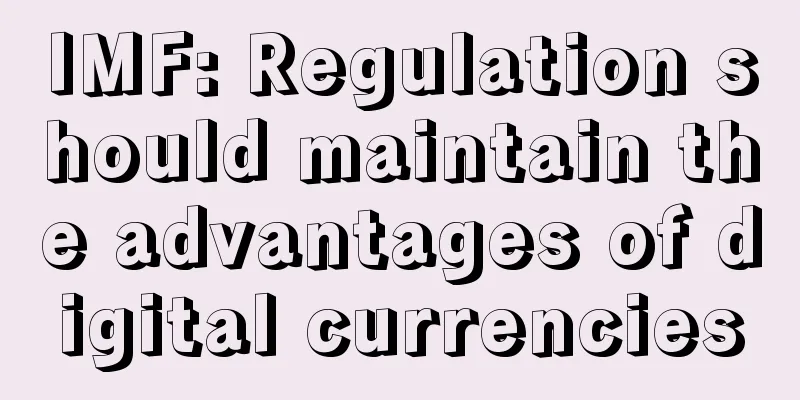IMF: Regulation should maintain the advantages of digital currencies

|
The International Monetary Fund (IMF) has released a working paper examining the risks and uses of virtual currencies such as Bitcoin and proposing a balanced regulatory framework that does not hinder innovation. IMF Managing Director Christine Lagarde mentioned the report during a panel discussion on “Financial Transformation” at the World Economic Forum in Davos. After outlining the state of virtual currencies, the report goes on to explore the potential impact of the use of digital currencies (defined to include mobile coupons and airline travel points), as well as distributed ledgers and blockchain. Notably, the paper concludes that distributed ledgers have the potential to transform finance by reducing costs and, in the long term, allowing for deeper financial inclusion. Advantages for remittanceThe report cites the technology’s potential to cut remittance costs, which can be high through “traditional” platforms, with transaction fees averaging around 7.7% globally. Recognizing that the cost of sending funds over the Bitcoin network is around 1%, the report notes that “blockchain-based intermediaries” are already providing Bitcoin remittance services in countries such as Kenya and the Philippines. In addition, the introduction of distributed ledgers can also reduce the time required by the stock exchange, which currently takes three days. The report goes on to say:
The report goes on to say that the development of smart contracts will further promote the efficiency of trading and settlement in the securities industry. Regulatory and policy challengesThe International Monetary Fund (IMF) further examined the regulatory and policy challenges faced by digital currencies in some risk areas, including consumer protection, money laundering and terrorism, taxation, exchange rates and capital controls, and monetary policy. However, it also warned that global governments may face difficulties in reaching a clear and consistent definition. In summary, while recognizing the challenges outlined above, the report recommends the creation of regulatory frameworks for virtual currencies at both the national and international levels while avoiding stifling innovation.
She added:
The full report can be found at: http://8btc.com/doc-view-401.html Original article: http://www.coindesk.com/imf-paper-preserve-digital-currency-benefits/ |
<<: R3 uses Ethereum and Microsoft Azure to connect 11 banks to distributed ledger
>>: Bitcoin startup Gatecoin joins Baidu-backed startup accelerator program
Recommend
What does it mean when you smile with exposed gums? Is it a good sign for a person to have exposed gums when smiling?
It is said that laughter is the most magical expr...
Will the mole of wealth grow on the arm? Where should it grow?
In fact, wealth moles are not fixed. They can gro...
Where will miners go after the Bitcoin halving?
Bitcoin halving countdown begins! When the first ...
What does a mole on the palm represent? What kind of destiny does a mole on the palm bring?
Everyone has a few moles on their body. Although ...
What kind of nose makes the family prosperous?
The nose is the organ for breathing and smelling....
Is the fate of a woman with a broken palm good or bad?
In palmistry, the right hand represents Yin and t...
French central bank releases details of first blockchain test
Last week, the Bank of France quietly released ne...
BNB Chain 2023: What is the future of Binance Blockchain?
BNB Chain , formerly known as Binance Smart Chain...
What is the fate of people with sad moles? Will they really have a bumpy love life?
Where does the mole of misery appear? Generally s...
What is the fate of a man with two broken palms?
Palmistry is very familiar to us, and it is part ...
The mysteries hidden in the various shapes of fingers
There are many mysteries hidden in the fingers, b...
A man who loves to lie
A man who loves to lie In order to pursue women, ...
Several conditions for a woman to have a good appearance and good fortune for her husband
Presumably every man wants to marry a woman who c...
Airbitz Bitcoin Wallet Offers Built-in Bitcoin Sell and Buy Functionality
Arbitz is a startup that provides users with a mo...
What impact does facial problems have on our fortune?
Each of us has a slightly different appearance, w...









